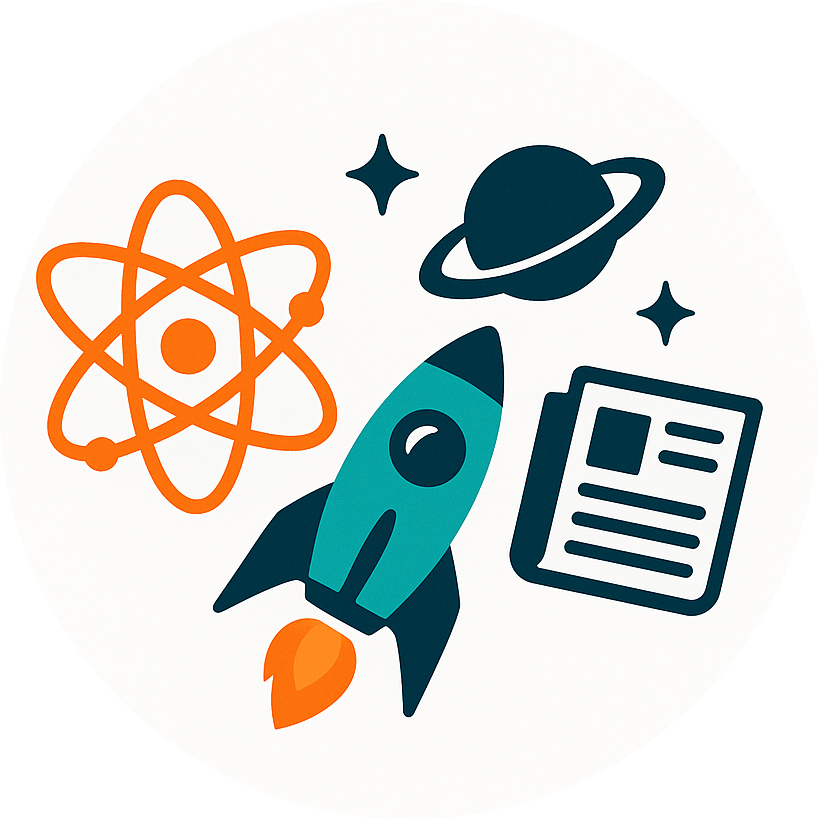
The Risk Schools Overlook in AI Use
Across classrooms from Riyadh to Rio, AI tutors are springing to life. Yet a new study from Saudi Arabia finds that trust and performance—the factors everyone assumed would make or break AI in education—don’t actually matter as much as we thought. The real keys are readiness, interactivity, and ethics.
Why This Matters Now
Universities are racing to integrate artificial intelligence into their teaching—sometimes faster than students can keep up. In Ha’il, a mid-sized Saudi city surrounded by desert mountains, researchers surveyed 211 undergraduates to see what really drives their willingness to use AI tools like ChatGPT or intelligent tutoring systems.
Their findings overturn the standard technology-adoption playbook. It’s not grades, speed, or even trust that motivate students—it’s how prepared, engaged, and ethically confident they feel when using AI.
That discovery matters far beyond Saudi Arabia. Around the world, classrooms are struggling with the same question: how do you make AI feel like a partner in learning, not a threat?
A Different Kind of Readiness
In education policy circles, “AI readiness” often means national infrastructure—servers, funding, broadband. But for the students in this study, readiness meant something more personal: knowing enough to feel in control.
Students who had practiced prompting AI tools or taken digital-literacy workshops were far more likely to keep using them. Those who hadn’t felt left out or anxious.
Think of it like learning to drive. You don’t start on a busy highway—you begin in an empty lot. When students learn AI step by step—first observation, then interaction—they gain confidence. That confidence, the study found, directly predicts whether they’ll use AI at all.
But here’s where it gets interesting: technical performance—whether the AI gave perfect answers—didn’t change their willingness much. Students cared more about their own ability to handle it than whether the system itself was flawless.
The Power of Interactivity
If readiness is the ignition key, interactivity is the fuel.
Students lit up when AI systems talked with them, not at them—when chatbots asked questions back, explained reasoning, or adapted to their progress. These features mimic the best human tutors: responsive, curious, personal.
In global education, that interactivity can be a game-changer. A single teacher in Lagos or Lahore might guide 60 students at once. A well-designed AI tool can give each one instant feedback and customized exercises, freeing teachers to focus on empathy and higher-order thinking.
The study’s structural-equation model showed that interactivity had the strongest positive effect of all variables. Students don’t just want information—they want conversation.
The Ethical Compass
The third major factor surprised even the researchers: ethical awareness.
Students who understood the rules of responsible AI use—what counts as plagiarism, how data are stored, why bias matters—were much more comfortable adopting AI. Ethical clarity didn’t dampen curiosity; it boosted it.
In classrooms where instructors discussed AI’s limits, students experimented more confidently because they knew where the guardrails were.
That insight scales globally. In Brazil, NGOs are introducing “AI literacy circles” that pair coding with discussions about fairness. In India, engineering colleges now teach students to audit algorithmic bias before deployment. These aren’t side topics anymore—they’re core skills.
So while universities invest in hardware and software, they may be overlooking the simplest accelerator of all: ethical education.
When Trust Doesn’t Matter (Yet)
One of the biggest surprises: trust—usually a cornerstone of technology adoption—didn’t significantly influence students’ willingness to use AI.
Why? Because most students used university-approved or globally recognized systems. Trust was already baked in. They assumed the tools were safe. What mattered was not whether they trusted the AI but whether they understood it.
That finding carries a quiet warning for institutions. Trust may not appear as a barrier today, but if misuse or bias scandals erode that baseline confidence, adoption could collapse overnight. Ethical transparency is the best insurance.
Beyond Grades and Performance
Performance also failed to predict adoption. In other words, students didn’t use AI because it made them score higher—they used it because it felt engaging and relevant.
That’s a profound shift from older models like the Technology Acceptance Model (TAM), which assumed users act mainly on usefulness and ease. Education, it seems, runs on emotion and identity as much as logic.
A student in Cairo put it this way during a follow-up discussion: “If AI just gives me answers, I forget them. When it challenges me, I remember.”
Learning isn’t a transaction; it’s a relationship—and the best AI tools behave like partners, not machines.
A Holistic Model for the AI Classroom
Together, readiness, interactivity, and ethical awareness explained 70 percent of students’ willingness to use AI applications—a remarkably high predictive power for social-science research.
That suggests a clear path for action:
- Train before you deploy. Offer basic AI-literacy sessions so students start from confidence, not confusion.
- Design for dialogue. Choose or build AI systems that respond, adapt, and challenge—like a conversation, not a calculator.
- Teach ethics early. Make data privacy, bias, and citation integrity part of every course using AI.
If universities worldwide followed these three steps, adoption might rise naturally—without coercion or techno-hype.
A Global Lens
This study may come from Saudi Arabia, but its lessons resonate across continents. In Nigeria, students use AI translation tools to bridge English-Yoruba gaps in science textbooks. In Bangladesh, AI tutors help learners prep for civil-service exams despite electricity cuts. In Brazil, ethics discussions around AI are reshaping how schools teach history and social studies.
Wherever bandwidth or budgets are tight, focusing on readiness, interactivity, and ethics may offer the highest return on investment—because they depend more on teaching design than on expensive infrastructure.
Let’s Explore Together
If you teach or study in a university, how ready do you feel to use AI responsibly?
Would you trust an AI tutor to grade your essays—or only to guide your drafts?
And if you could redesign your own AI classroom, what kind of interaction would make you learn best?
Share your thoughts. Science, after all, advances fastest when the conversation includes everyone.



